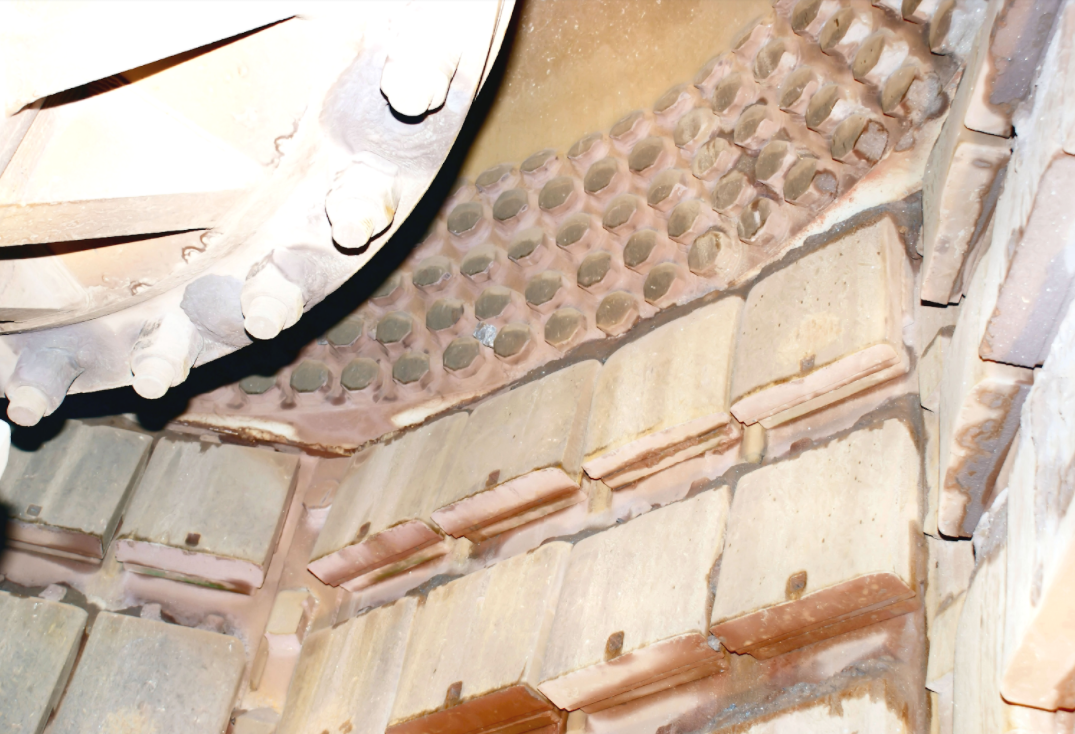Maintenance in the mining industry is a required necessity due to the size, volume and complexities involved in each operation. The cost of maintenance can be as high as 50% of the planned production costs, a figure that can be changed dramatically based on the successful implementation of the maintenance plan.
Maintenance forms can be essentially broken into 5 categories: corrective, preventive, condition-based, predictive and predetermined. Having an understanding of the differences will help hard rock mining operations increase operational efficiencies as each form has different outcomes and methods of investigation, evaluation, correction and implementation.
Corrective
This form of maintenance is designed to correct a defect identified during operation or an inspection. Corrective maintenance can be either planned or unplanned depending on the severity of the defect. Typically designed as a ‘fix’, it ensures the defect is corrected to ensure proper operation - sometimes referred to as ‘availability’. Unplanned corrective activities can become costly due to the necessity to expedite the correction. The costs begin to increase through unplanned loss or production, increased costs of expedited materials and unavailability of parts leading to further downtime.
Preventive
Maintenance that is applied to an asset in advance of a breakdown or failure with the aim to prevent such breakdowns or failures can be deemed as Preventive. Preventive maintenance (PM) measures can significantly reduce the probability of unexpected breakdown or degradation of equipment. A successful PM program can provide the required availability to achieve production targets, but provide sustained reliability to operations.
Further reading: How Often Should Plant Maintenance Occur?
Condition-Based
This form of maintenance is aimed at preventing breakdowns through monitoring the general conditions of the operation or asset being maintained. Condition-based maintenance is one of the more complicated forms of maintenance to implement. It involves regular check-ups to provide inputs and data to detect system failures in real-time. The system monitors the current state of equipment and determines what maintenance may be required based on certain defined variables such as performance, sounds, vibrations and temperatures.
Predictive
Predictive maintenance uses technology and data to provide information on performance of equipment during operation in order to extrapolate and plan future maintenance. Reliability-centered maintenance (RCM) uses predictive maintenance as a key component alongside PM’s to achieve reliability goals.
Predetermined
Typically these are OEM derived maintenance intervals or suggested maintenance procedures as SOP’s. Predetermined maintenance relies on the programs built and delivered by manufacturers, however risk is placed on the operation to fulfill the predetermined intervals.
A well defined maintenance strategy is imperative in order to keep the goals in focus. As with anything, selecting the process is only the first step, supporting the process with the correct resources, technologies and partners are key to ensuring ultimate success while at the same time providing flexibility for the inevitable challenges that present themselves.
.png)


